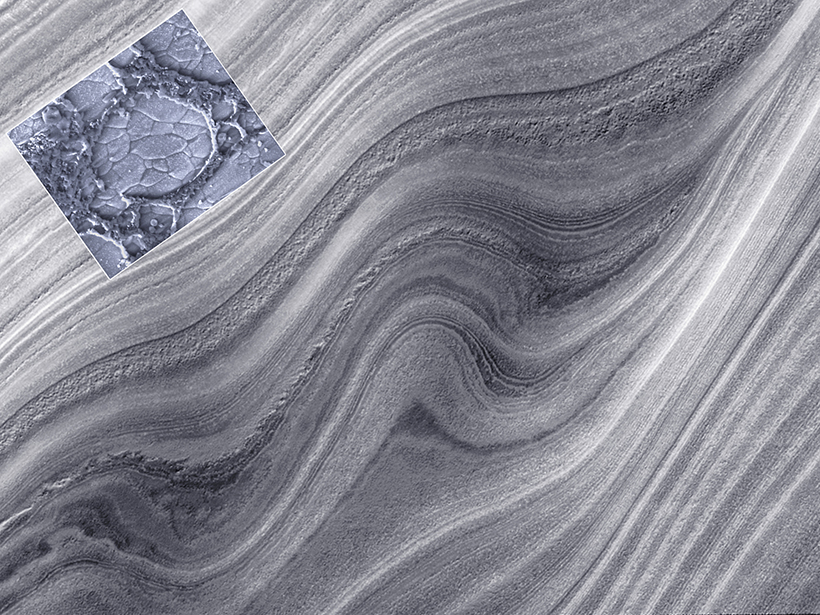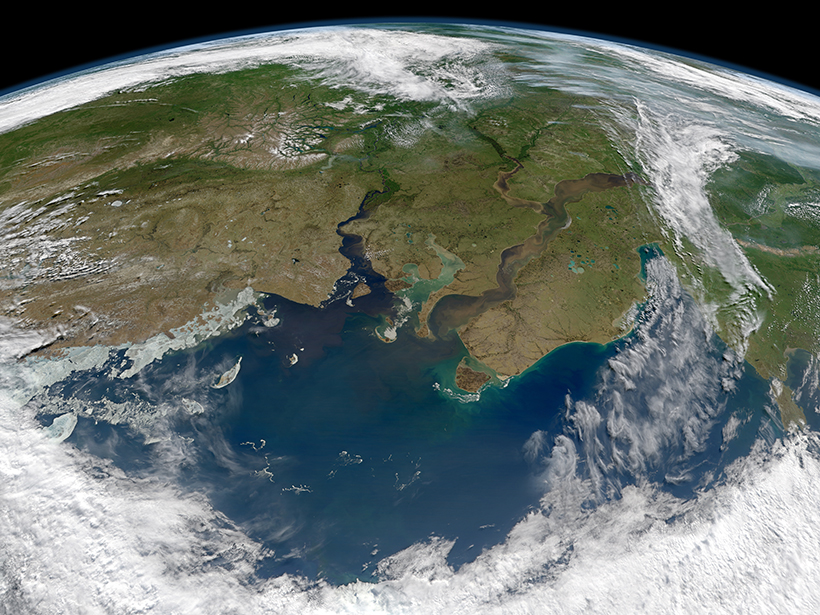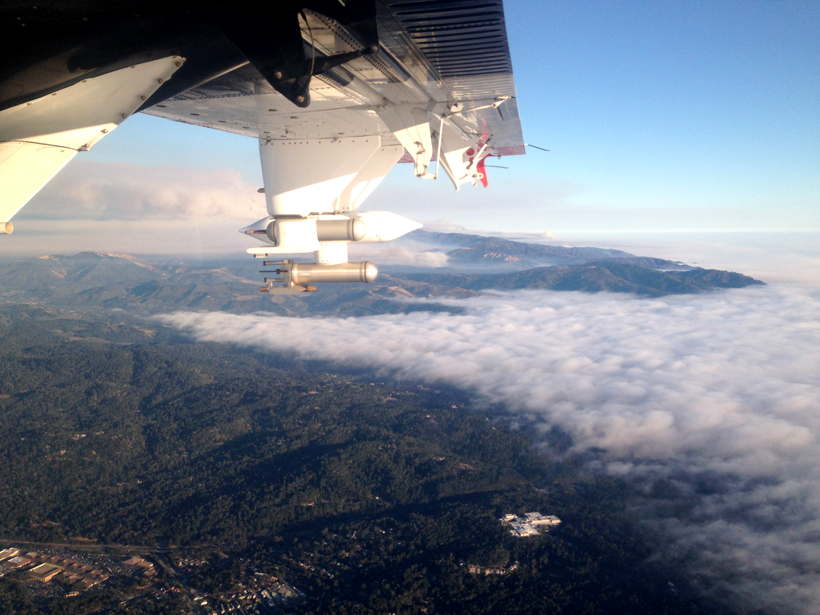A new study offers novel insights into the mechanisms driving gas releases in agricultural regions.
Research Spotlights
Research spotlights are plain-language summaries of recent articles published in AGU’s suite of 24 journals.
How Do Intergranular Particles Affect the Flow of Ice?
Laboratory experiments that indicate rock particles can impede sliding along grain boundaries in ice may help researchers more accurately determine the composition of planetary ice masses.
Using Multiple Models to Improve Seasonal Forecasting
The first study to examine the ability of a suite of general circulation models to predict sudden warmings in Earth’s stratosphere highlights the potential for improving Northern Hemisphere forecasts.
Old Idea Spurs New Research into Origins of Carbonate Mudstones
Using modern techniques, scientists tested an old hypothesis about carbonate mud production to shift the thinking about rocks that are used as seawater archives and a source of petroleum.
Decadal Changes in Glacial Discharge in the High Alps
A new statistical analysis of daily, glacial runoff cycles offers a unique way of examining how Alpine glaciers have responded since the onset of rapid regional warming in the 1980s.
How Yellowing Seas Will Affect Ocean Temperatures
Materials that trap solar heat at the sea surface could cause more extreme temperatures.
Very Warm Water Observed Along West Antarctic Ice Shelf
Two years of mooring observations at the edge of the continental shelf show that wind stress and upwelling control the inflow of some of the warmest water observed at an ice shelf front in Antarctica.
How Mars Lost Steam
Solar winds are not the main culprit in stripping the planet’s atmosphere, a new study suggests.
Probing Wildfire Smoke Plumes Up Close
Direct observations from flights over coastal California reveal more about aerosol plumes released by burning biomass.
Precipitation in the Tropics: A New View
The first study to simultaneously investigate precipitation and cloud structures in tropical weather systems concludes observation systems significantly overestimate the height of raining clouds.










